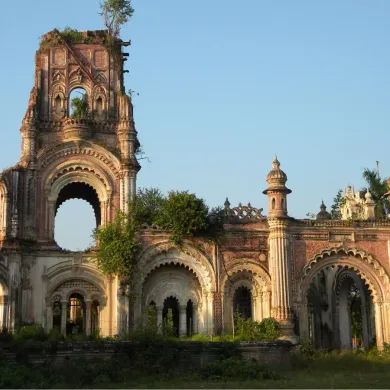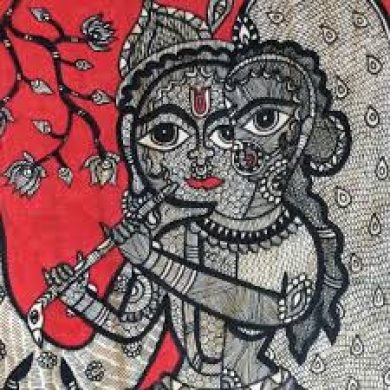Exploring the Rich Cultural Heritage of the Mithila Region in Bihar
Historical and Cultural Significance of Mithila
The Mithila region, nestled in the northern part of Bihar, boasts a rich tapestry of history and culture that stretches back to ancient times. As one of India’s most storied regions, Mithila is intimately linked with significant historical and mythological narratives. The epic Ramayana immortalizes Mithila as the land of King Janak and his daughter Sita, embodying the region’s esteemed position in Indian cultural heritage. King Janak, celebrated for his wisdom and virtue, is often remembered for his patronage of scholars and sages, thus fostering a vibrant intellectual environment.
Beyond its mythological connections, Mithila’s contributions to Indian philosophy and religious practices are profound. The region is a cradle for the Maithili language, a language with a rich literary and cultural legacy. Its classical texts, such as the Vidyapati’s poetry, provide a window into the cultural and societal norms of the time, continuing to influence contemporary literary works.
Culturally, Mithila is a repository of distinctive traditions, practices, and festivals preserved through centuries. The Mithila paintings, also known as Madhubani art, stand as a testament to the region’s vibrant cultural expressions. These intricate paintings traditionally depict mythological narratives and daily life scenes using natural dyes, making them globally recognized and cherished.
Festivals in Mithila, such as Chhath Puja, Vivah Panchami, and Sama-Chakeva, are celebrated with fervor, reflecting the region’s deep-rooted customs and communal harmony. The celebration of Chhath Puja, in particular, showcases the devotion and discipline of the people of Mithila, who gather along riverbanks to offer prayers to the Sun God. These festivals not only preserve ancient rituals but also reinforce the community’s bond with their cultural identity.
Societal norms in Mithila have also retained unique features over generations. The traditional attire, cuisine, and even matrimonial customs reflect the region’s unyielding attachment to its heritage. This preservation of age-old practices, in the face of modernization, highlights Mithila’s resilient cultural ethos.
Arts and Crafts of Mithila: A Vibrant Tradition
The Mithila region in Bihar is renowned for its distinctive arts and crafts, which are integral to its cultural identity. Among these, the most celebrated is the Mithila or Madhubani painting. Originating from the Mithila kingdom, this art form is characterized by intricate patterns, vibrant colors, and the use of natural dyes. These paintings traditionally depict themes from mythology, nature, and daily life, including gods and goddesses, flora and fauna, and social events. Styles such as Bharni, Katchni, Tantrik, Godna, and Kohbar each have unique attributes, showing the versatility and richness of this tradition.
Mithila paintings are typically done on walls, handmade paper, cloth, or canvas using tools like fingers, twigs, brushes, nib-pens, and matchsticks. The use of bold outlines with colors filled in a meticulous manner reflects the artists’ skill and creativity. Beyond their aesthetic appeal, these paintings often carry symbolic meanings and cultural significance, serving as a means to document and communicate the region’s heritage.
Textile art is another pillar of Mithila’s heritage, with the region being famous for its silk and cotton weaving. Saris, particularly the Madhubani and Mithila saris, are renowned for their unique designs and high-quality fabric. These textiles are often embellished with traditional motifs and patterns, enhancing their cultural value and appeal.
Additionally, traditional pottery and clay craft play a significant role in the daily lives of Mithila’s inhabitants. These crafts include utility objects such as pots, lamps, and figurines, often decorated with scenes from local folklore and mythology. Handicrafts, including bamboo and cane items, also reflect the region’s ingenuity, with everyday objects and decorative items showcasing the artisans’ craftsmanship.
Women have been the primary custodians of Mithila’s artistic traditions. Historically, they have passed these skills down through generations, ensuring the continuity of these cultural practices. In contemporary times, various initiatives and organizations are working to promote and sustain Mithila’s arts and crafts. These efforts include workshops, exhibitions, and collaborations with designers and brands, which help bring these traditional arts to a global audience.
In essence, the arts and crafts of Mithila are not just a means of livelihood but a rich tapestry woven into the cultural fabric of the region, reflecting its history, beliefs, and way of life.











Add comment
You must be logged in to post a comment.